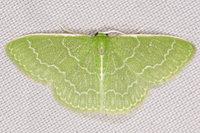
| Recorded by: Mark Basinger on 2025-10-24
Brunswick Co.
Comment: | 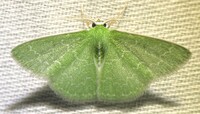
| Recorded by: Dean Furbish on 2025-10-20
Pender Co.
Comment: |

| Recorded by: Mark Basinger on 2025-09-27
Brunswick Co.
Comment: | 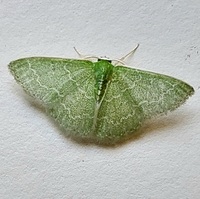
| Recorded by: Mark Basinger on 2025-09-24
Wilson Co.
Comment: |
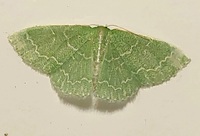
| Recorded by: Mark Basinger on 2025-09-21
Brunswick Co.
Comment: | 
| Recorded by: Michael P. Morales on 2025-09-18
Cumberland Co.
Comment: |

| Recorded by: Simpson Eason on 2025-09-15
Durham Co.
Comment: | 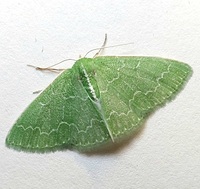
| Recorded by: Mark Basinger on 2025-09-13
Wilson Co.
Comment: |
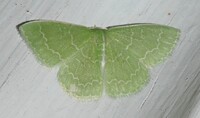
| Recorded by: Simpson Eason on 2025-09-01
Durham Co.
Comment: | 
| Recorded by: R. Newman on 2025-08-28
Carteret Co.
Comment: |

| Recorded by: Allison Garton on 2025-08-21
Moore Co.
Comment: | 
| Recorded by: Lior S. Carlson, Dean Furbish, Randy Emmitt on 2025-08-12
Alamance Co.
Comment: |

| Recorded by: Jim Petranka, Mark Basinger and Becky Elkin on 2025-08-02
Richmond Co.
Comment: | 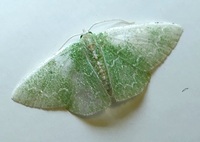
| Recorded by: Mark Basinger on 2025-07-24
Brunswick Co.
Comment: |
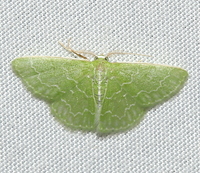
| Recorded by: David George on 2025-06-29
Richmond Co.
Comment: | 
| Recorded by: R. Newman on 2025-06-21
Carteret Co.
Comment: |
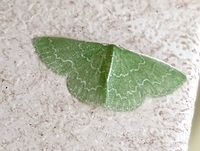
| Recorded by: Mark Basinger on 2025-06-01
Brunswick Co.
Comment: | 
| Recorded by: R. Newman on 2025-05-31
Carteret Co.
Comment: |
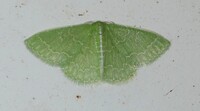
| Recorded by: Simpson Eason on 2025-05-24
Durham Co.
Comment: | 
| Recorded by: Jim Petranka and Becky Elkin on 2025-05-23
Richmond Co.
Comment: |
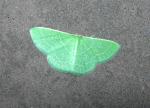
| Recorded by: R. Newman on 2025-05-21
Carteret Co.
Comment: | 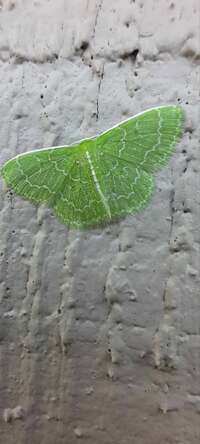
| Recorded by: Allison Garton on 2025-05-21
Moore Co.
Comment: |
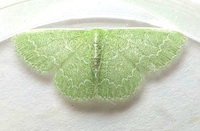
| Recorded by: Mark Basinger on 2025-04-18
Brunswick Co.
Comment: | 
| Recorded by: R. Newman on 2025-03-31
Carteret Co.
Comment: |

| Recorded by: R. Newman on 2024-10-24
Carteret Co.
Comment: | 
| Recorded by: F. Williams, S. Williams on 2024-10-03
Bertie Co.
Comment: |
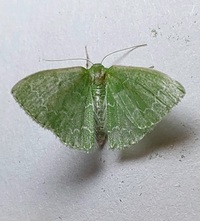
| Recorded by: Mark Basinger on 2024-09-26
Wilson Co.
Comment: | 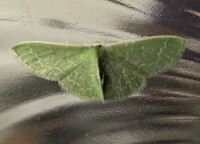
| Recorded by: Phil Smith on 2024-09-18
Wake Co.
Comment: |
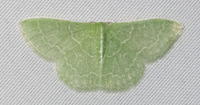
| Recorded by: Emily Stanley on 2024-09-15
Buncombe Co.
Comment: | 
| Recorded by: Simpson Eason on 2024-09-15
Durham Co.
Comment: |
|

 »
»

